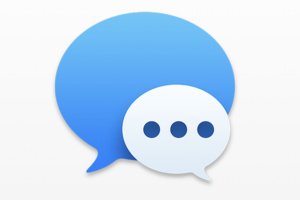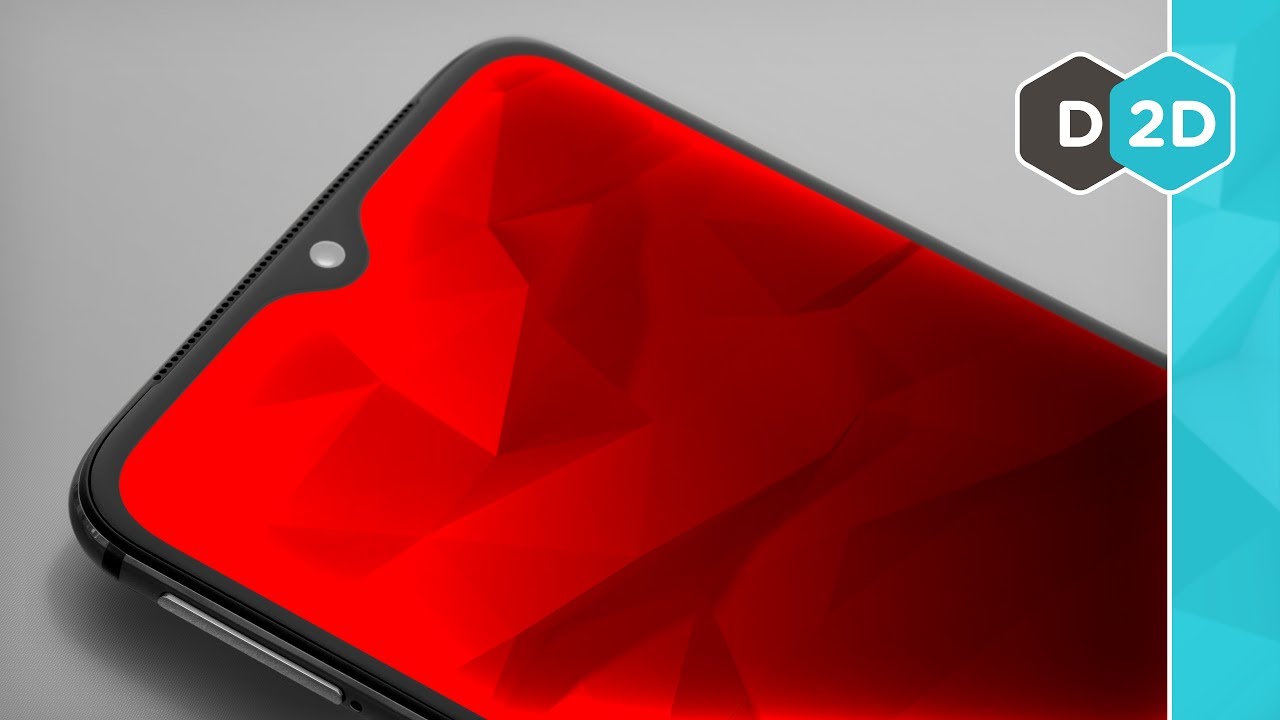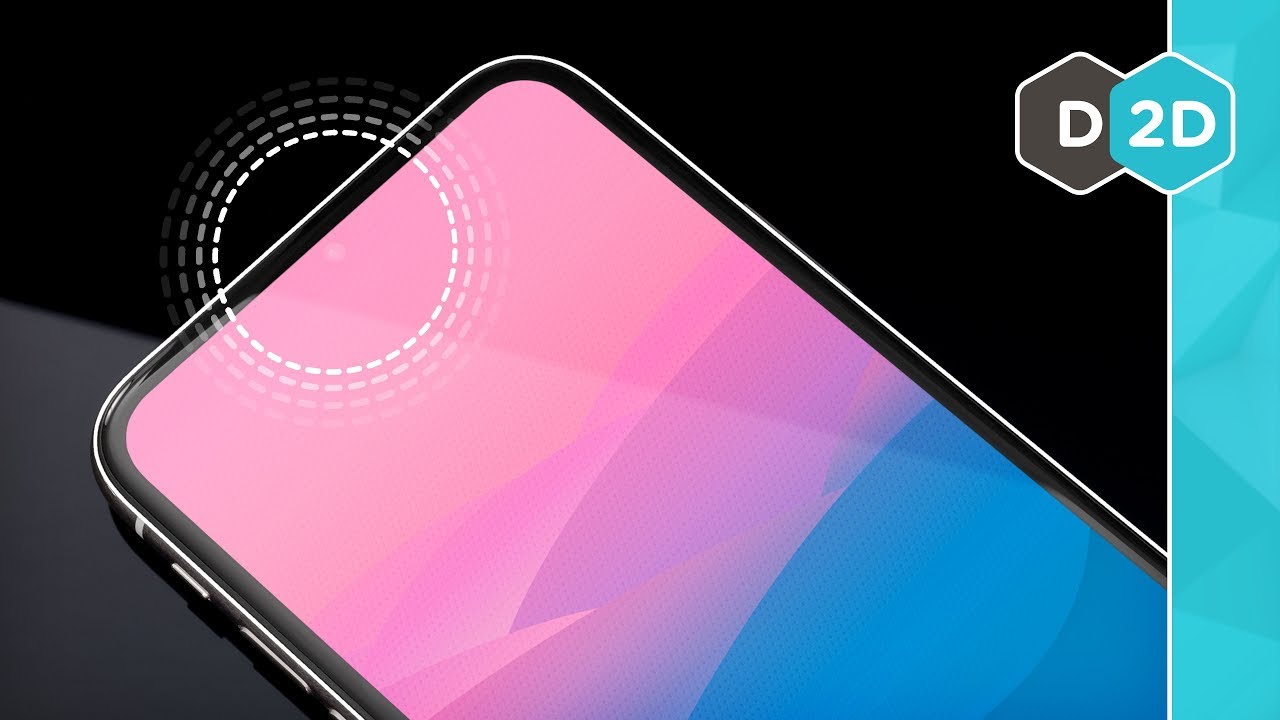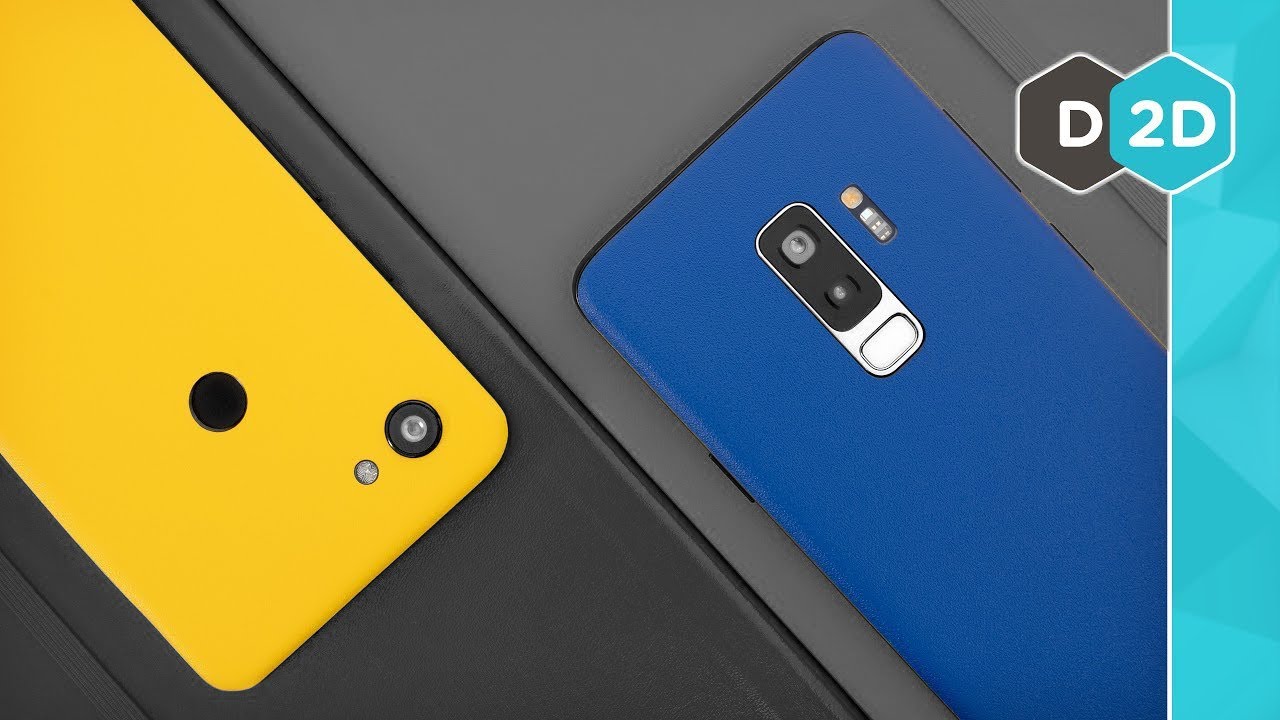
When it involves safety, we frequently suppose primarily of defending our information: encrypting it to make certain that no person else can entry it. But simply as essential as that’s the idea of authentication: proving that we’re who we are saying we’re.
Apple has made nice strides with authentication previously few years. Biometric measures like Touch ID and Face ID assist make it simpler for customers to establish themselves and be certain that solely they’ll entry their non-public information.
In Apple’s utilization, that authentication has typically been inward-facing: customers management entry to their very own recordsdata and information, and the system checks to see whether or not or not we’re the one that should be allowed in. But starting in iOS 13, just a few minor updates will begin shifting that authentication into the general public realm, opening up the power for us to show our id to others. And there’s much more room for Apple to increase there.
Hello, my identify is
We’ve all had the expertise of utilizing iMessage or SMS and never realizing who’s on the opposite finish (or, as the children say, “new phone, who dis?”). Whether it’s as a result of it’s a flawed quantity or somebody that we’ve met however haven’t but put into our contacts, it may be irritating to only have a string of numbers as identification. Apple has tried to mitigate this in recent times by utilizing info out of your electronic mail or different apps to try to guess who’s calling or texting you. For instance, if you happen to’ve been emailing with somebody and their quantity is of their signature, iOS can cross-reference that info and allow you to know what it finds.
 Apple
AppleiOS 13 will take this additional by permitting iMessage customers the power to voluntarily share their names and a picture of their selecting with contacts, even when they’ve by no means been in contact earlier than. (Users get to manage whether or not everyone can robotically see this, just one’s present contacts, or whether or not they’ll be prompted every time.) This turns iMessage into one thing just a little nearer to a social community, however—extra to the purpose—it additionally doubtlessly offers a level of identification by linking a reputation with an iMessage account.
From what we are able to see of this technique thus far, it doesn’t go fairly far sufficient to be thought-about authentication, as customers can set their very own identify and picture. It’s unclear at current how or if this characteristic will stop somebody from impersonating one other particular person. But it’s a step nearer to offering a framework the place customers don’t need to guess who’s contacting them.
You sign up, Apple indicators off
Likewise, Apple’s new Sign In with Apple system launching this fall additionally endeavors to offer a level of authentication and identification with exterior providers. Since it’s keyed into Face ID and Touch ID, the sign up can authenticate you, after which cross alongside that authentication info to the web site or app in query. While that will not appear a lot totally different from our present state of affairs, the numerous change right here is that Apple can do all of this…
https://www.macworld.com/article/3411840/apple-should-make-authentication-its-next-killer-app.html#tk.rss_all
















